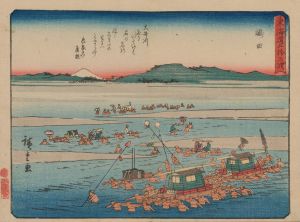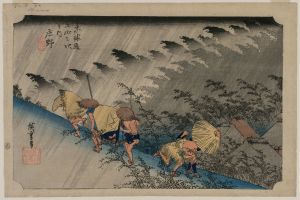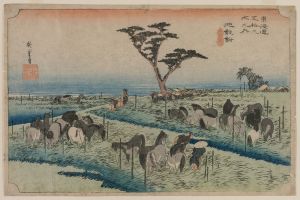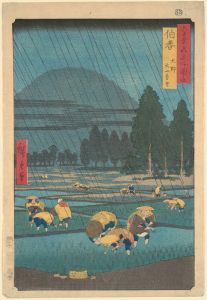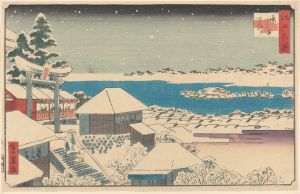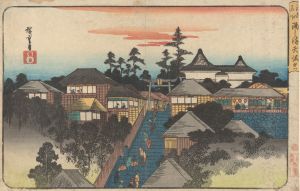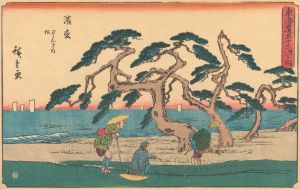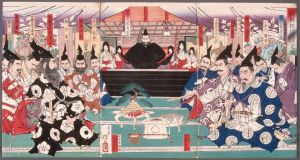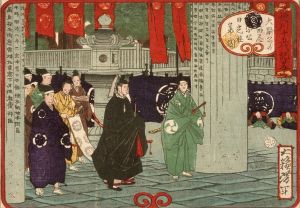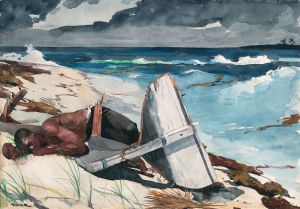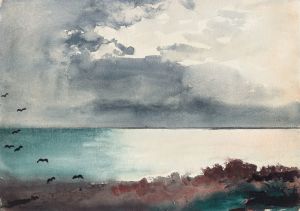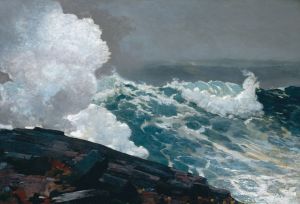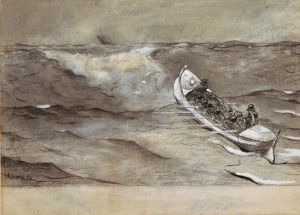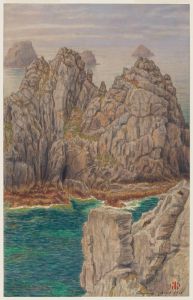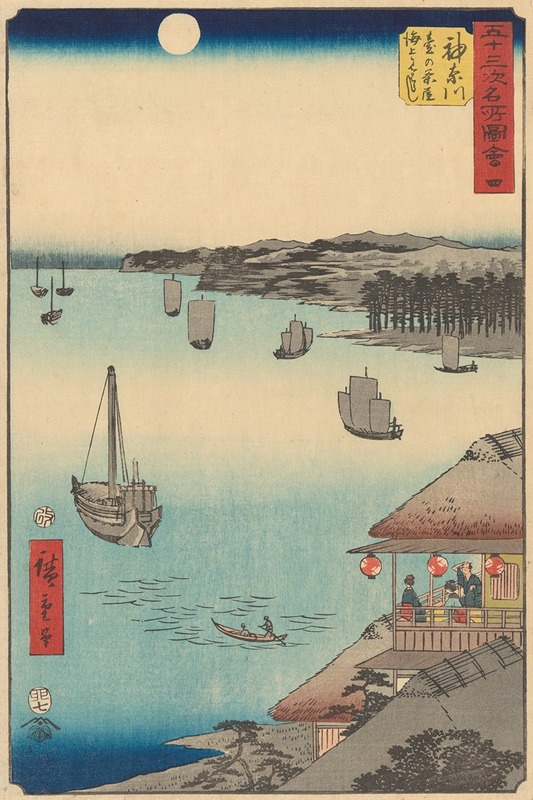
Kanagawa
A hand-painted replica of Andō Hiroshige’s masterpiece Kanagawa, meticulously crafted by professional artists to capture the true essence of the original. Each piece is created with museum-quality canvas and rare mineral pigments, carefully painted by experienced artists with delicate brushstrokes and rich, layered colors to perfectly recreate the texture of the original artwork. Unlike machine-printed reproductions, this hand-painted version brings the painting to life, infused with the artist’s emotions and skill in every stroke. Whether for personal collection or home decoration, it instantly elevates the artistic atmosphere of any space.
Andō Hiroshige, a renowned Japanese ukiyo-e artist of the Edo period, is celebrated for his landscape prints and his ability to capture the essence of Japan's natural beauty. One of his notable works is "Kanagawa," which is part of his famous series "The Fifty-three Stations of the Tōkaidō" (Tōkaidō Gojūsan-tsugi no Uchi). This series, created between 1833 and 1834, depicts the various stations along the Tōkaidō road, a vital route connecting Edo (modern-day Tokyo) to Kyoto.
The "Kanagawa" print is the fourth station in the series and is officially titled "Kanagawa-oki Honmoku no zu," which translates to "View of Honmoku off Kanagawa." This artwork is a prime example of Hiroshige's skill in portraying both the dynamic and serene aspects of nature. The print captures a scene of boats navigating the waters off the coast of Kanagawa, with the distant horizon and a sense of movement conveyed through the waves and the positioning of the boats.
Hiroshige's use of color and composition in "Kanagawa" is noteworthy. The print employs a limited but effective color palette, typical of ukiyo-e prints, which includes shades of blue, green, and brown. This choice of colors not only highlights the natural elements of the scene but also creates a harmonious balance that is visually appealing. The composition is carefully structured, with the boats positioned diagonally across the print, leading the viewer's eye through the scene and enhancing the sense of depth and perspective.
The Tōkaidō series, including the "Kanagawa" print, was highly influential and popular during Hiroshige's time. It provided a glimpse into the landscapes and daily life along one of Japan's most important travel routes. The series was not only a commercial success but also contributed to the increased interest in travel and the appreciation of Japan's scenic beauty among the Edo period populace.
Hiroshige's work, including "Kanagawa," played a significant role in the development of landscape art in Japan and influenced Western artists as well. The simplicity and elegance of his compositions, along with his innovative use of perspective, inspired many Impressionist and Post-Impressionist artists in Europe, such as Vincent van Gogh and Claude Monet, who admired the Japanese aesthetic and incorporated elements of it into their own work.
In summary, "Kanagawa" by Andō Hiroshige is a masterful representation of the ukiyo-e style, capturing the beauty and tranquility of Japan's coastal landscape. It stands as a testament to Hiroshige's artistic talent and his ability to convey the spirit of the places he depicted. The print remains an important part of art history, illustrating the cultural and artistic exchanges between Japan and the rest of the world.





